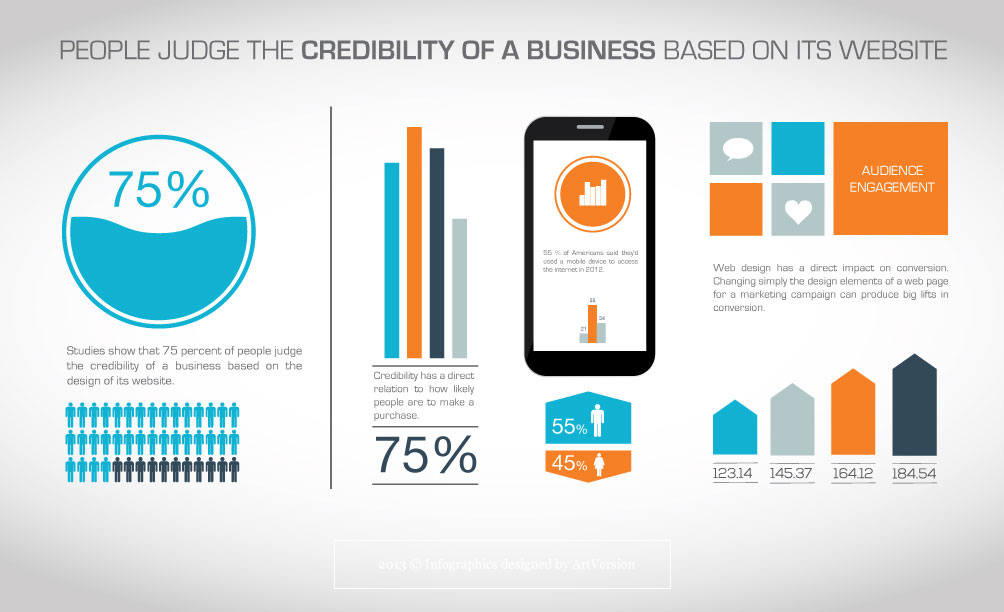Crafting A User-Friendly Website: Methods And Techniques For Website Design Success
Crafting A User-Friendly Website: Methods And Techniques For Website Design Success
Blog Article
Article Created By-Dencker Bengtsen
Master the art of website design by focusing on user experience. Craft intuitive navigation and opt for mobile optimization to boost the browsing experience. Make certain very easy navigating with clear headings and enticing visuals. Focus on mobile responsiveness for a constant individual experience. By including these necessary design concepts, you can produce a straightforward web site that mesmerizes visitors.
Vital Design Concepts
When developing a web site, prioritize customer experience above all else. Your main goal needs to be to develop a seamless and pleasurable experience for your site visitors. Begin by ensuring that your internet site is very easy to browse. Use clear headings, organized menus, and intuitive switches to lead customers with your material easily. Bear in mind, simplicity is essential. Stay clear of jumbling your pages with unnecessary elements that can overwhelm or puzzle your audience.
One more necessary layout principle is to make certain your site is visually enticing. Choose a natural color pattern, high-quality pictures, and readable typefaces to boost the general look of your site. Uniformity is important in establishing a solid brand identity and making your site much more remarkable to customers.
In addition, focus on mobile responsiveness. With more individuals browsing the net on their mobile phones and tablets, it's crucial that your web site looks and works well on all tools. Check your website on different screen sizes to guarantee a smooth experience for all customers. By focusing on these essential layout concepts, you can create an easy to use website that maintains visitors returning for even more.
User-Focused Navigating
To enhance customer involvement and streamline their browsing experience, prioritize developing intuitive navigating pathways that guide visitors effortlessly through your internet site. Clear and well-organized navigating is crucial for assisting individuals discover the information they need promptly and efficiently. Start by maintaining your menu framework easy and understandable. Use descriptive tags that plainly show what web content can be found under each menu choice. In addition, think about executing dropdown menus for subcategories to stop congestion the primary navigating bar.
One more crucial element of user-focused navigating is using breadcrumbs. Breadcrumbs are a secondary navigation help that reveals customers their current place on the site and allows them to quickly browse back to previous pages. This attribute is specifically handy for customers that enter your website through a deep web link or a search engine outcome.
Moreover, integrating search functionality plainly on your site can even more enhance user navigating. A search bar allows individuals to swiftly discover details material without needing to click via multiple pages. Guarantee that your search bar is quickly noticeable and accessible on every web page of your website for optimum usability. By focusing on user-focused navigation approaches, you can develop an extra instinctive and satisfying surfing experience for your visitors.
Mobile Optimization Techniques
Take into consideration optimizing your web site for mobile phones to ensure a smooth individual experience across various screen sizes. Mobile optimization is vital in today's digital landscape where a significant part of web surfing occurs on smartphones and tablet computers.
To enhance mobile functionality, start by executing receptive design methods. https://publicistpaper.com/the-ppc-cheat-sheet-for-dentists/ permits your website to adjust to different display measurements, preserving performance and looks.
Concentrate on optimizing packing times for mobile customers. Slow-loading sites can hinder site visitors and effect your online search engine positions. Compress pictures, minimize HTTP requests, and take advantage of web browser caching to enhance filling rate. In addition, prioritize web content power structure for mobile display screens. Make sure that crucial info is plainly shown, and navigation is instinctive, advertising easy accessibility to crucial sections.
Utilize touch-friendly components such as bigger switches and structured forms to facilitate interaction on smart phones. Conduct complete testing across various mobile systems to identify and fix any use concerns.
Final thought
Finally, mastering the art of website design is critical for developing an user-friendly web site. By including vital design concepts, user-focused navigation, and mobile optimization techniques, you can guarantee a smooth and satisfying experience for your site visitors.
For instance, a neighborhood pastry shop saw a 30% increase in on-line orders after overhauling their internet site to be a lot more user-friendly and mobile-responsive. Remember, a well-designed site can make all the difference in bring in and retaining consumers.
